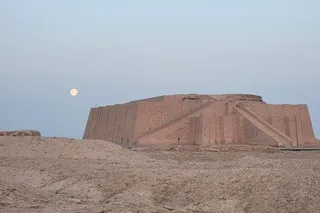Remember Comet ISON? Last year began with a blizzard of hype, with stories repeating the mantra that this mysterious celestial visitor could become the "comet of the century." This year begins with Comet ISON obliterated, an invisible cloud of debris expanding and traveling outward from the sun.
Death of Comet ISON: It entered the frame from lower right and fled the sun toward the upper right, falling apart as it went, in this time-lapse SOHO image from November 28, 2013.(Credit: ESA/NASA/SOHO/SDO/GSFC) For the millions of enthusiasts hoping to see a glowing dagger of light hanging in the night sky, the premature demise of Comet ISON was a crushing disappointment. But for the astronomers who had pinned great hopes on the comet as an object of study, Comet ISON fully lived up to its billing (see my preview article, The Life and Death of Comet ISON). It is already the most ...













